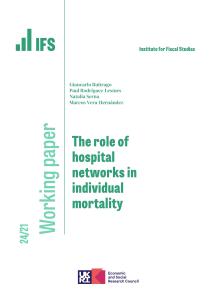Abstract
Objectives:
To extend research on workforce participation beyond age 50 by describing entire employmenthistories in later life and testing their links to prior life course conditions.
Methods:
We use data from the English Longitudinal Study of Ageing, with retrospective information on employmenthistories between age 50 and 70 for 1,103 men and 1,195 women (n = 2,298). We apply sequenceanalysis and group respondents into eight clusters with similar histories. Using multinomial regressions, we then test their links to labor market participation, partnership, and parenthood histories during early (age 20-34) and mid-adulthood (age 35-49).
Results:
Three clusters include histories dominated by full-time employees but with varying age of retirement (before, at, and after age 60). One cluster is dominated by self-employment with comparatively later retirement. Remaining clusters include part-time work (retirement around age 60 or no retirement), continuous domestic work (mostly women), or other forms of nonemployment. Those who had strong attachments to the labor market during adulthood are more likely to have histories of full-time work up until and beyond age 60, especially men. Parenthood in early adulthood is related to later retirement (for men only). Continued domestic work was not linked to parenthood. Partnered women tend to work part-time or do domestic work. The findings remain consistent after adjusting for birth cohort, childhood adversity, life course health, and occupational position.
Discussion:
Policies aimed at increasing the proportion of older workers not only need to address later stages of the life course but also early and mid-adulthood.








